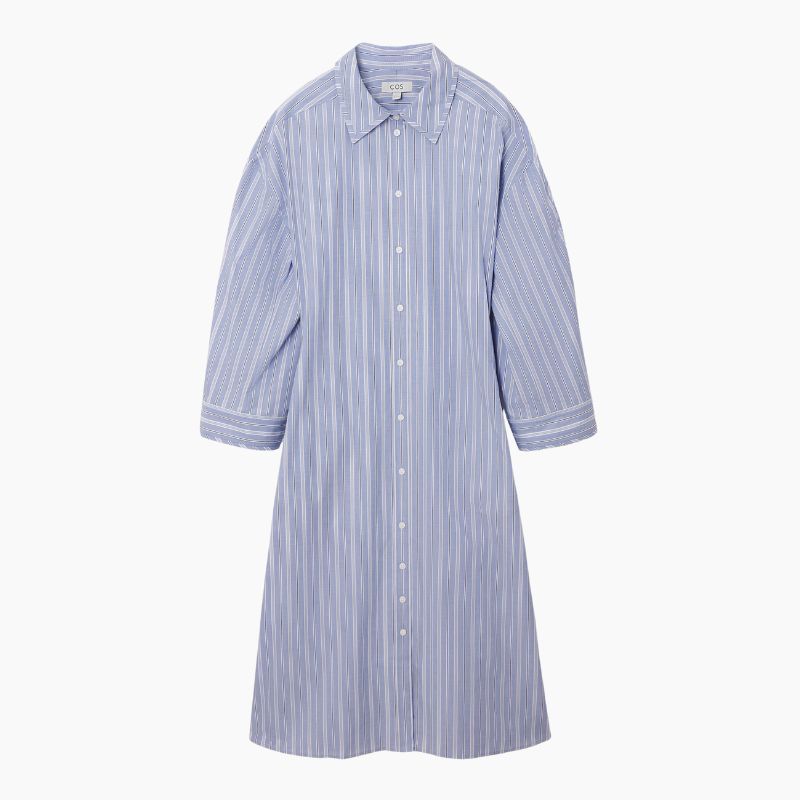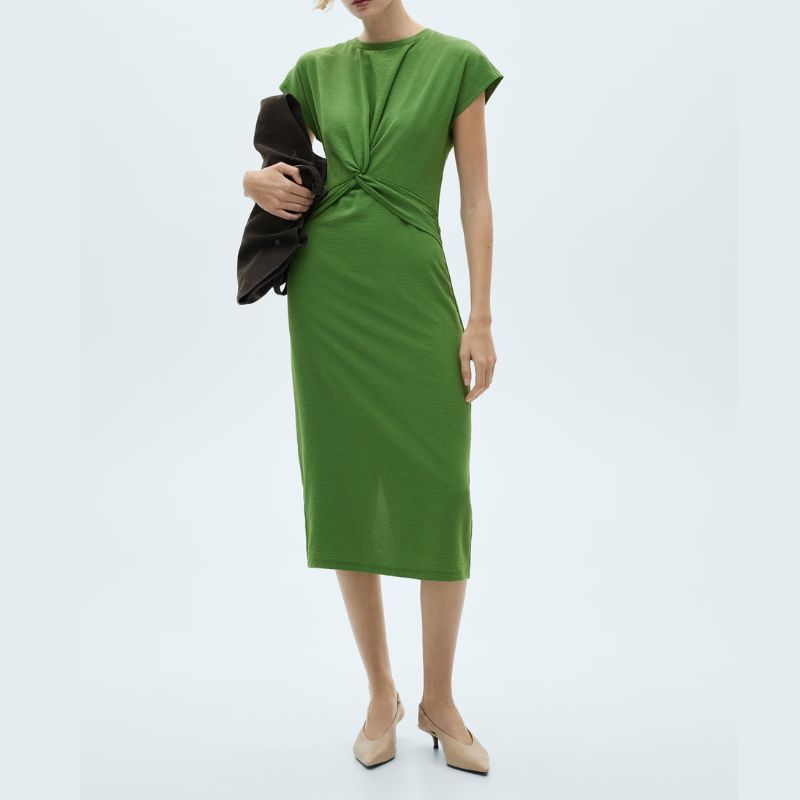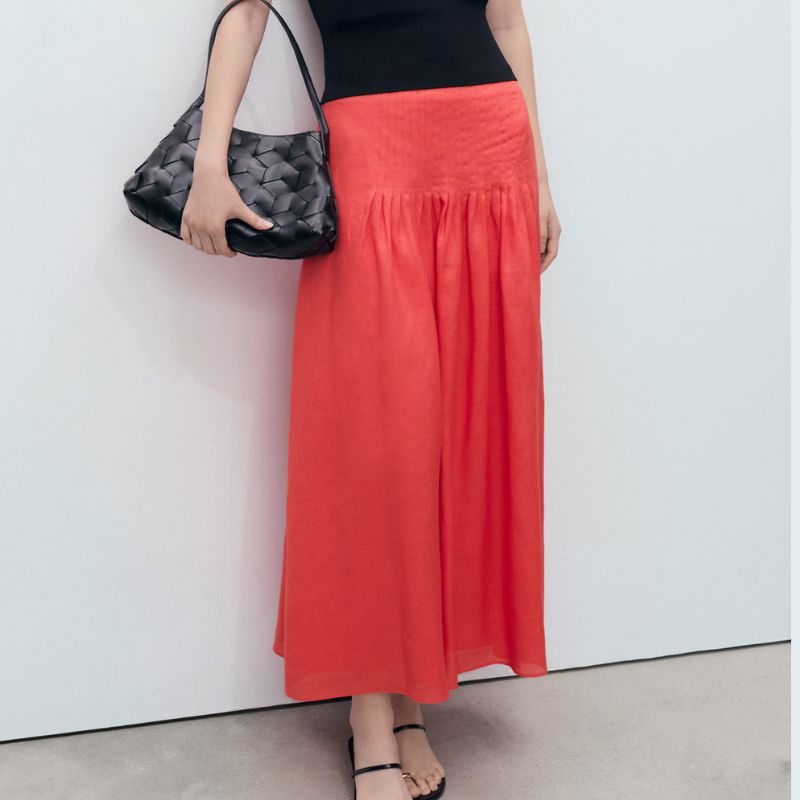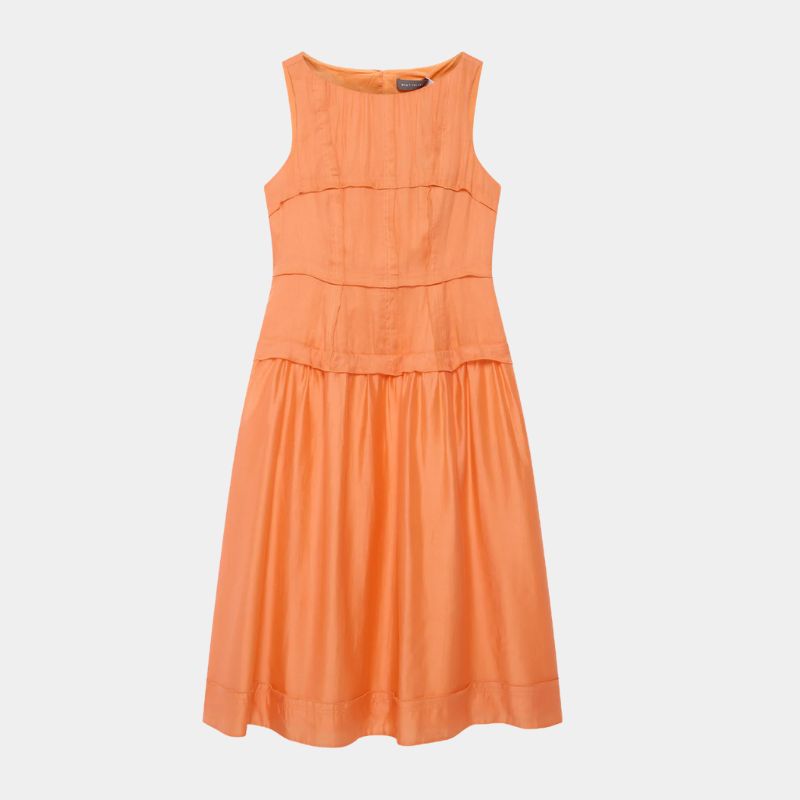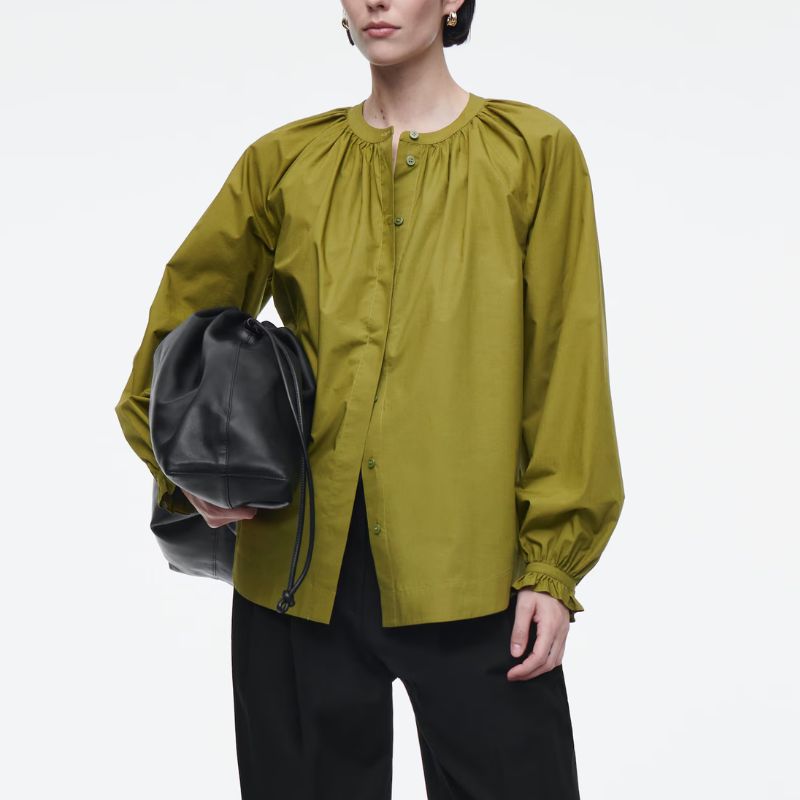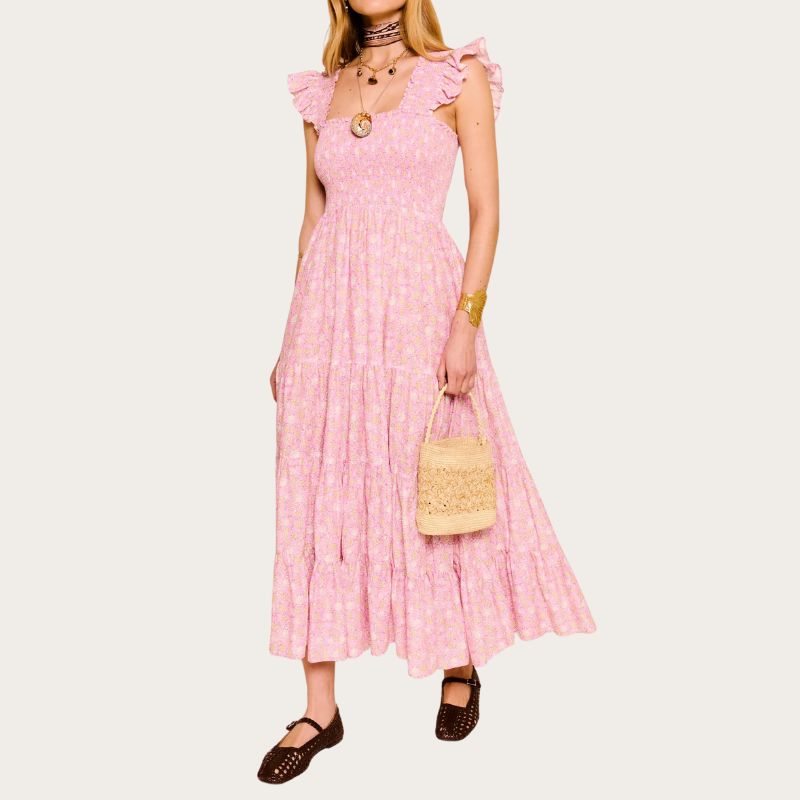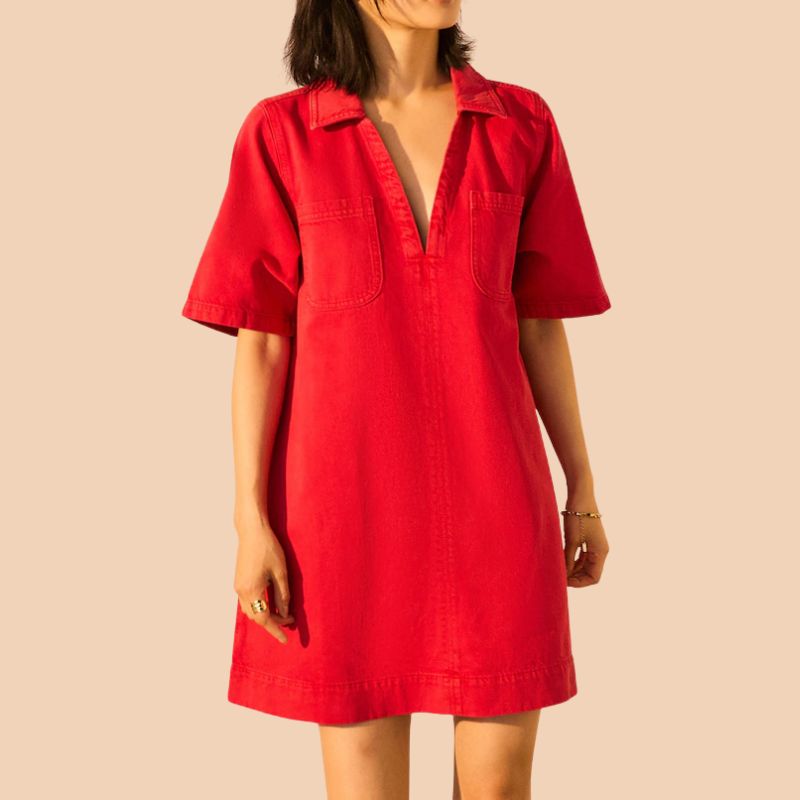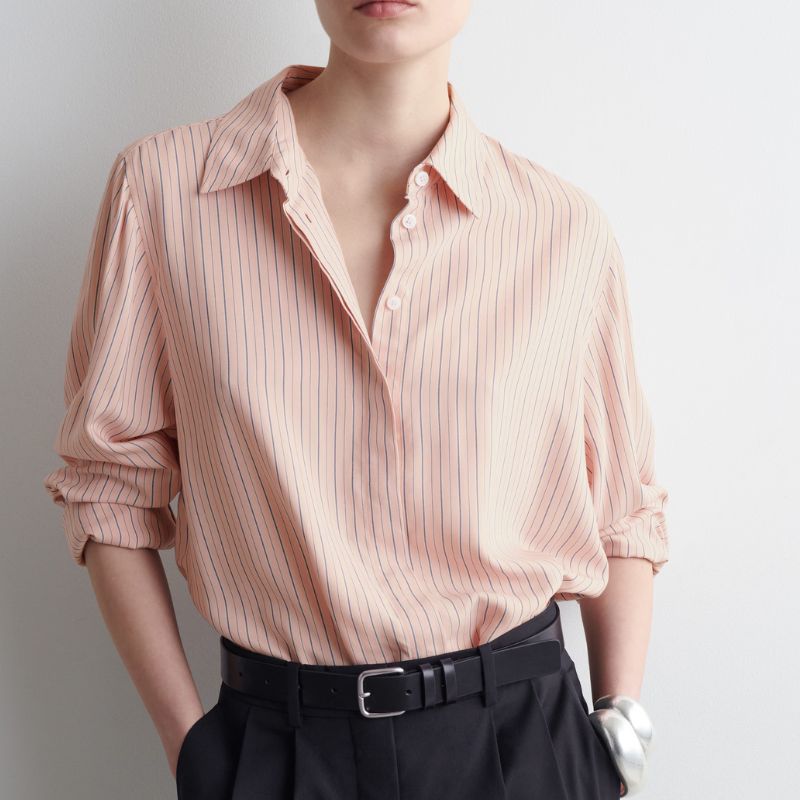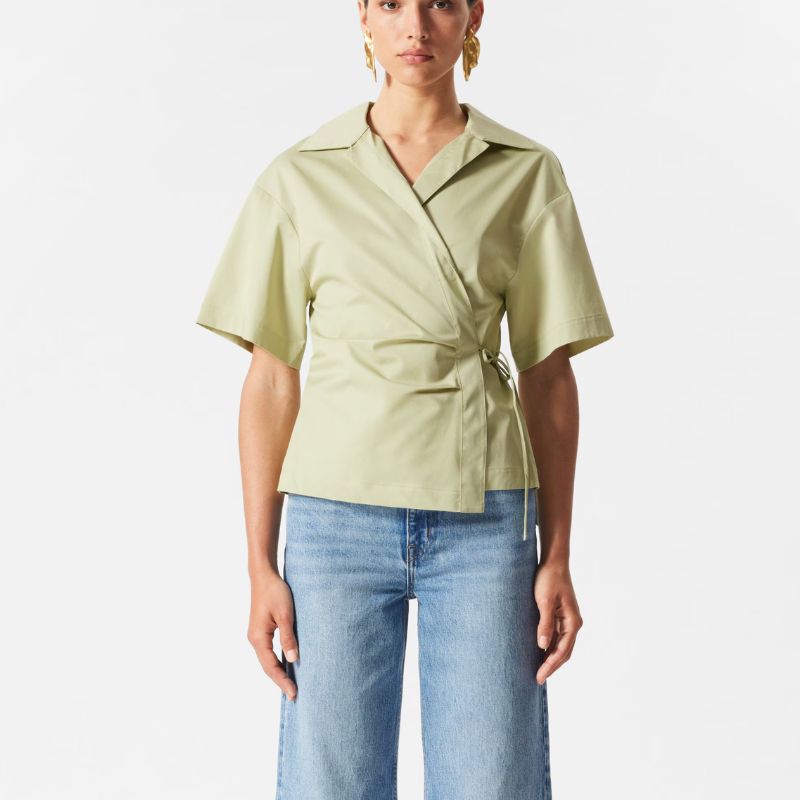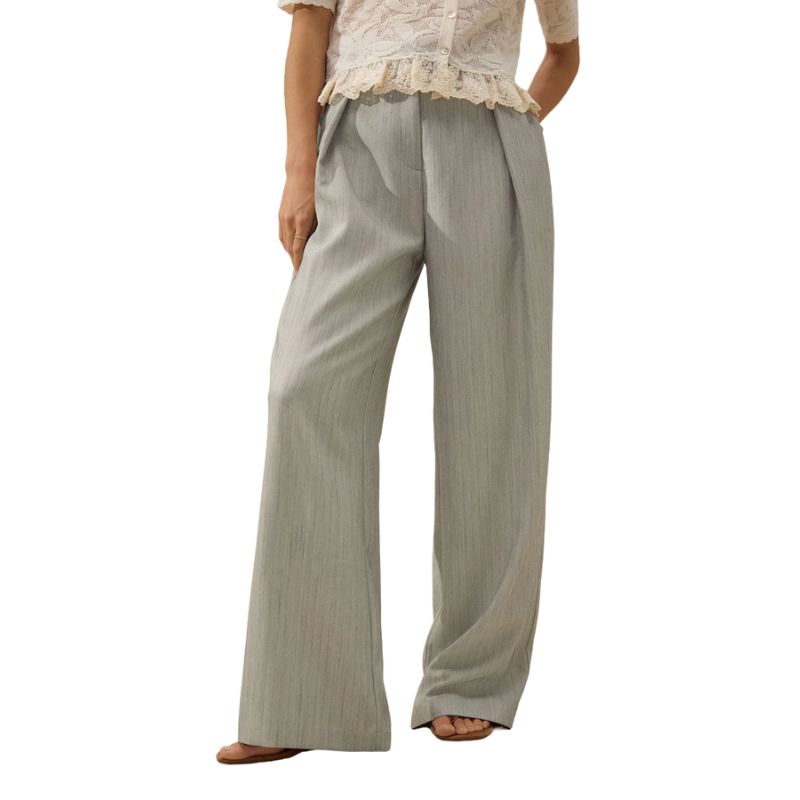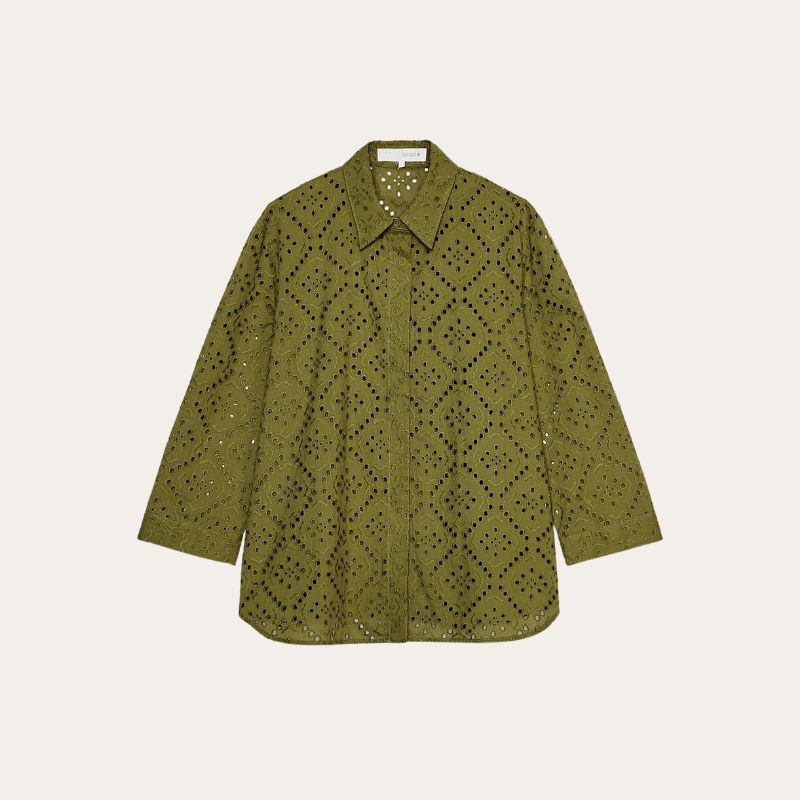Wondering what colour suits me? Our experts reveal the most flattering shades to suit you all year round
From bright, vivid hues to soft pastels, say hello to a wardrobe curated just for you
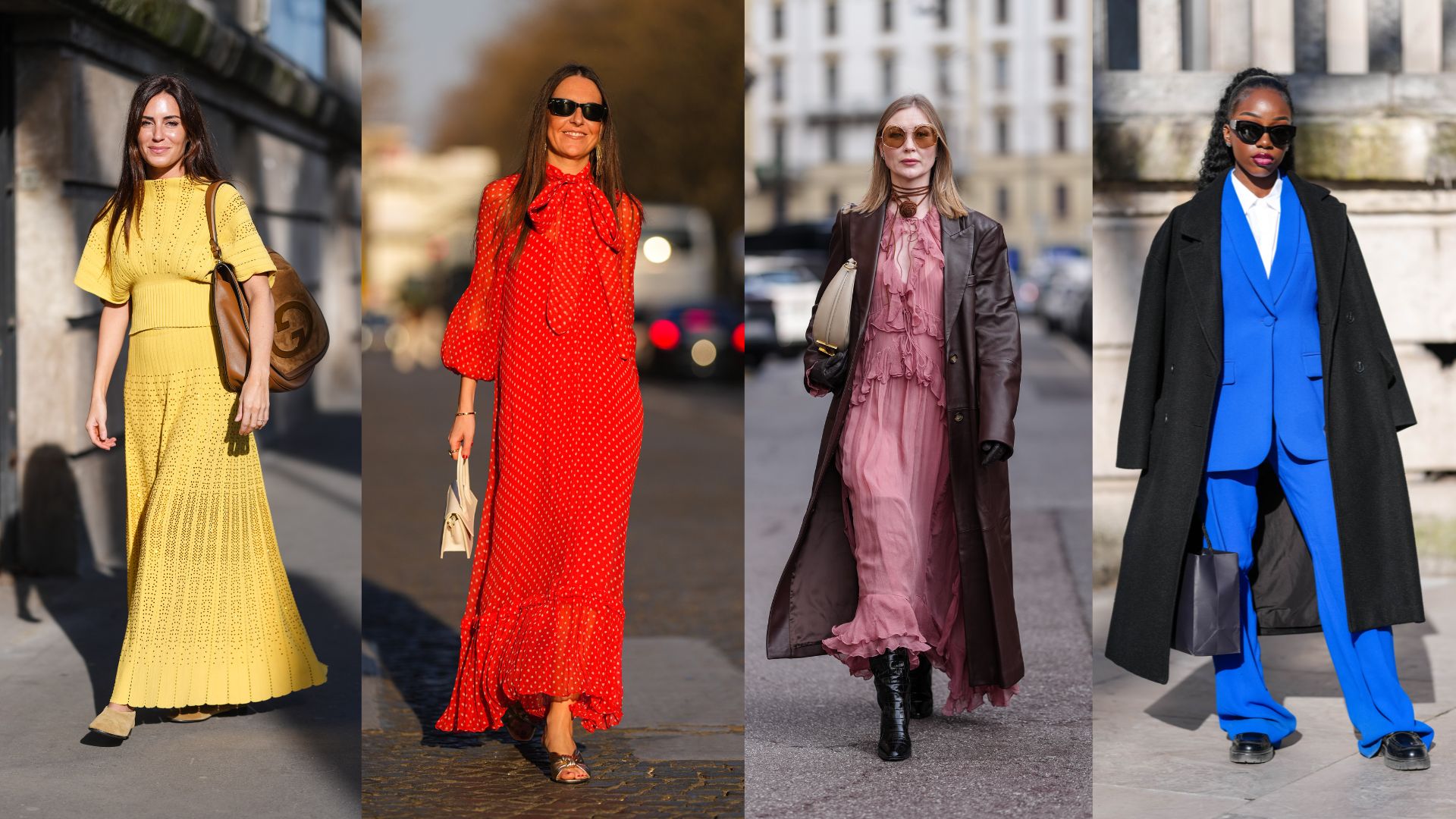

Figuring out what colour suits me and how to build a wardrobe full of shades that truly complement your complexion is just as important as deciding what cuts, shapes, and silhouettes fit and flatter your body type. To save you from booking an expert consultation, we've spoken to top informants and tracked down the pieces to shop once you've found your perfect colour match.
Of course, you should always wear what makes you feel good, even if that's head to toe black, but asking what colour suits me is the key to curating the best summer capsule wardrobe. Mood-boosting shades such as tomato red and tangerine orange, alongside soft pastels such as butter yellow and sage green, are unlikely to go anywhere anytime soon, so it's worth considering what colours out of the key fashion trends of 2025 would work for you.
Don’t worry if your favourite colour doesn’t typically match your skin tone, because you can always introduce it through your accessories. "Wearing colour is all about confidence, and that starts with choosing shades that resonate with your personality. Start with one bold piece, whether it's a vibrant coat or a statement accessory, and let it be the focus. Confidence comes when you feel connected to what you’re wearing, so choose hues that make you feel empowered," explains Megan Watkins, Head Stylist at online fashion destination SilkFred.
What colour suits me?
When it comes to what colour suits you best, it's really about finding the right shade or a particular colour. According to experts, you can wear nearly any colour, but placement (as in where and how you wear it) and the exact hue are the real trick.
While darker colours have historically been seen as slimming, they can also be quite draining. Go too dark and your clothing will throw black onto your face, which "tends to widen and drop the jawline," explains Polly Holman, an associate lecturer at the London College of Fashion.
Meanwhile, "a colour that is too light will throw white up onto your face and make you look washed out." The darker your eyes, hair, and skin, the bolder you can go. The lighter your natural colouring, "the paler and closer to pastels you should go," she advises.
However, knowing which colour family you belong to can help you figure out exactly which hues will flatter you. Wearing one of your colours close to your face will light you up and make your hair and eyes 'pop'. Further down, your body, though? Anything goes! This means you're mainly concerned with colours that will be closest to your face.
Sign up to our free daily email for the latest royal and entertainment news, interesting opinion, expert advice on styling and beauty trends, and no-nonsense guides to the health and wellness questions you want answered.
But if you're desperate to keep hold of all your black clothing (which can cause shadows to pool in lines and crevices when worn too close to the face), inject colour and brightness through colourful scarves or bold colourful jewellery. This styling trick means you can keep wearing black and dark hues on the top part of your torso, without draining your face.
What is colour analysis?
Colour analysis is a surefire method of answering what colour suits me? because it determines which colours of clothing and which makeup shades harmonise with a person's skin complexion, eye colour, and hair colour. It will also help you figure out the finer details, like what colour of jewellery suits you.
If you do want your colours read, I was lucky enough to have mine done with Kate, a size inclusive stylist. The process involves sitting in front of a mirror, whilst your analyst holds different shades of fabric just below your face to see which colours work. I discovered I was a warm Autumn. It’s amazing to see the difference, where some hues instantly washed me out, whilst others lifted my complexion in an instant.
“While knowing your colours can certainly help you feel confident, it’s just as important to consider how those colours make you feel. For curvy women, embracing bold, vibrant hues can be an act of rebellion against the outdated belief that darker shades are 'slimming.' It’s about letting your personality and confidence shine through in every outfit. By experimenting with rich jewel tones, warm earth shades, or even a splash of bright colour, you’re not hiding – you’re standing tall and owning your style. After all, it’s not just about fitting into fashion; it’s about fashion that fits you – inside and out,” says Kate.
There are two areas to consider when analysing your colour - your base skin tone and your overall colouring. Your base skin tone will be either warm or cool, while your overall colouring takes your eye and hair colour into consideration.
Anthony McGrath, a celebrity stylist and lecturer at London's Fashion Retail Academy, advises that it can be useful to "have a colour analysis with a stylist or professional colour analyst," however, there are ways to figure out your colouring by yourself.
"In a nutshell, you can use your skin tone (skin, hair, and eyes) to determine whether you are warm or cool-toned, and your overall colouring - so how dark your skin is and the colour of your natural hair - to determine whether you are light or dark."
What skin tone am I?
The first step of using colour analysis to determine the best shades to suit you is to first figure out whether you have a warm or cool skin tone. A couple of colour analysis tests can help you figure out your skin tone quickly and easily.
Arm test
"Look at the underside of your arm in natural daylight. If you have a pink or rosy undertone and blue-tinted veins, you have a cool skin tone," explains personal stylist Elaine Davies. "If you have a golden or apricot undertone and green-tinted veins, you have a warm skin tone."
Fabric test
Still not sure? Try holding a piece of gold fabric under your chin (or trying on a gold necklace).
Now do the same with a piece of silver fabric or jewellery. Which shade lights up your complexion and makes your eyes pop? If it's silver, you're cool. If it's gold, you're warm.
What colour suits my skin tone?
Now that you've worked out your base skin tone, you can start to choose fashion and makeup colours based simply on whether you are cool or warm-toned.
Cool skin tone
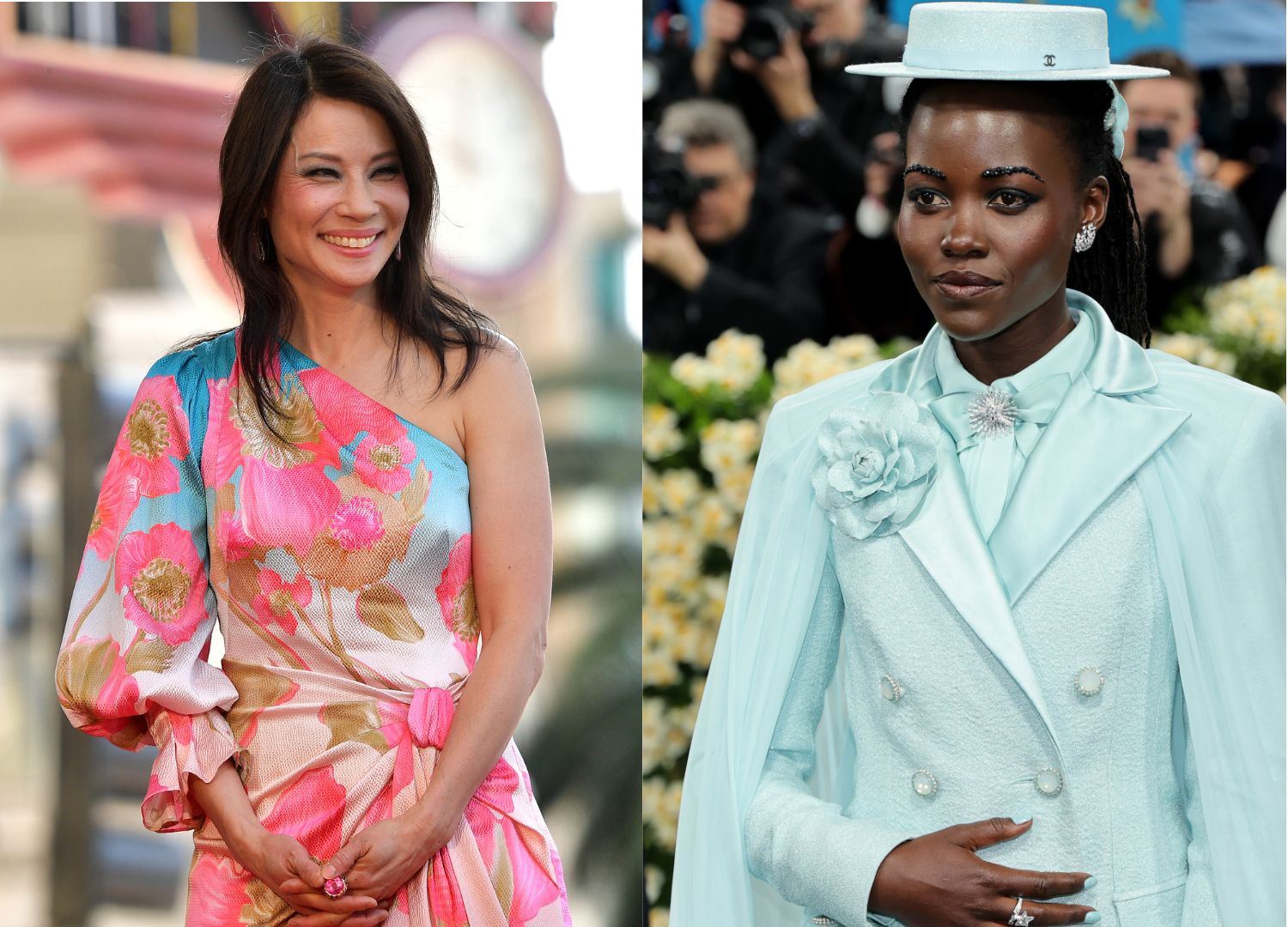
Lucy Liu and Lupita Nyong'o have cool skin tones
If you have pink or rosy undertones (like Angelina Jolie, Renee Zellweger, Oprah Winfrey, Lupita Nyong'o, Lucy Liu, or Halle Berry), your skin tone is cool.
These skin tones usually burn easily in the sun and either don’t tan, struggle to get a tan, or go red in the sun, as the skin will usually contain less pigment. Cool skin tones will usually have a pink or blue-red undertone. This skin tone is also more likely to blush easily.
People with cool skin tones usually look best wearing clothes or makeup with blue undertones. Bright greens, deep purples, pinks, and both pale and bold blues will suit this skin tone well. Cool skin tones also tend to suit silver jewellery or even rose gold better than yellow gold jewellery.
Fashion editor’s picks…
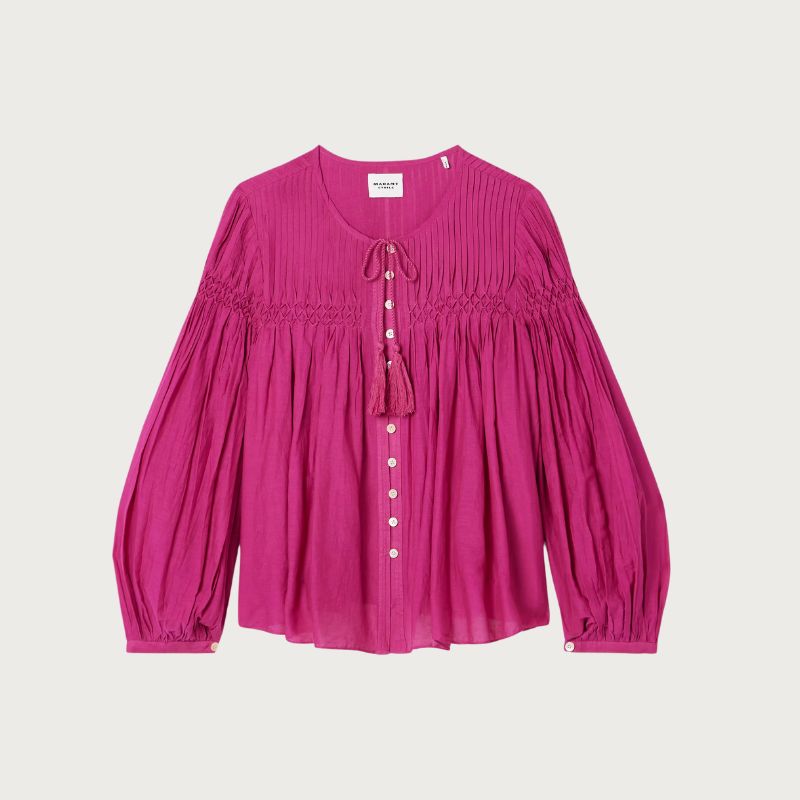
This lightweight blouse is perfect for layering with its simple neckline and fuss-free silhouette. Style with your favourite white jeans outfit and let the pop of pink take centre stage. Finish with a chunky silver necklace for an added edge.
Warm skin tone
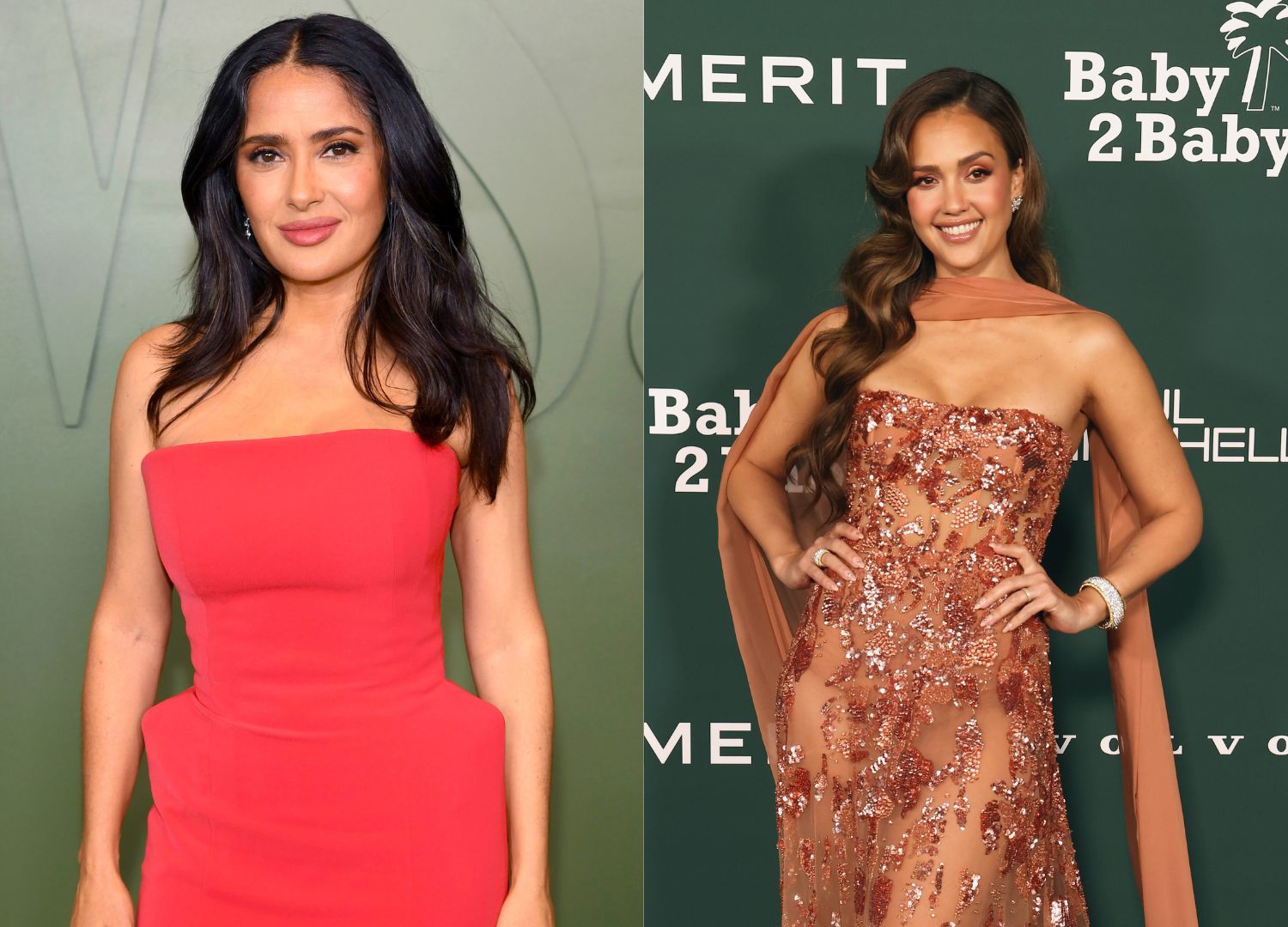
Jessica Alba and Salma Hayek
If you have golden undertones (like Nicole Kidman, Gwyneth Paltrow, Viola Davis, Heidi Klum or Beyonce), your skin tone is warm.
Warm skin tones will usually be able to tan quite quickly and easily and don't tend to get burnt very much, as they usually will have more melanin in their skin. Warm skin tones will usually have a yellowish or olive brown undertone.
People with warm skin tones tend to look best in yellow-based colours, as they bring out the natural undertone more. Greens, browns, warm reds or oranges, peach, coral, and gold also suit this skin tone well."
Gold jewellery will also help to bring out the warm undertone of the skin and help you look more glowy, and is a great accessory to add in texture and newness each season.
Fashion editor’s picks…
Colour analysis based on your overall colouring
If you want to pinpoint more precise colours that will suit you, you need to look at more than just your skin tone and consider your overall colouring.
You might have heard friends referring to themselves as spring, summer, autumn, or winter types. But what does it all mean? Well, if your skin tone is cool, you belong to the summer or winter family. If it's warm, you have spring or autumn colouring. Some people span multiple groups, but one tends to be primary.
Summer colouring
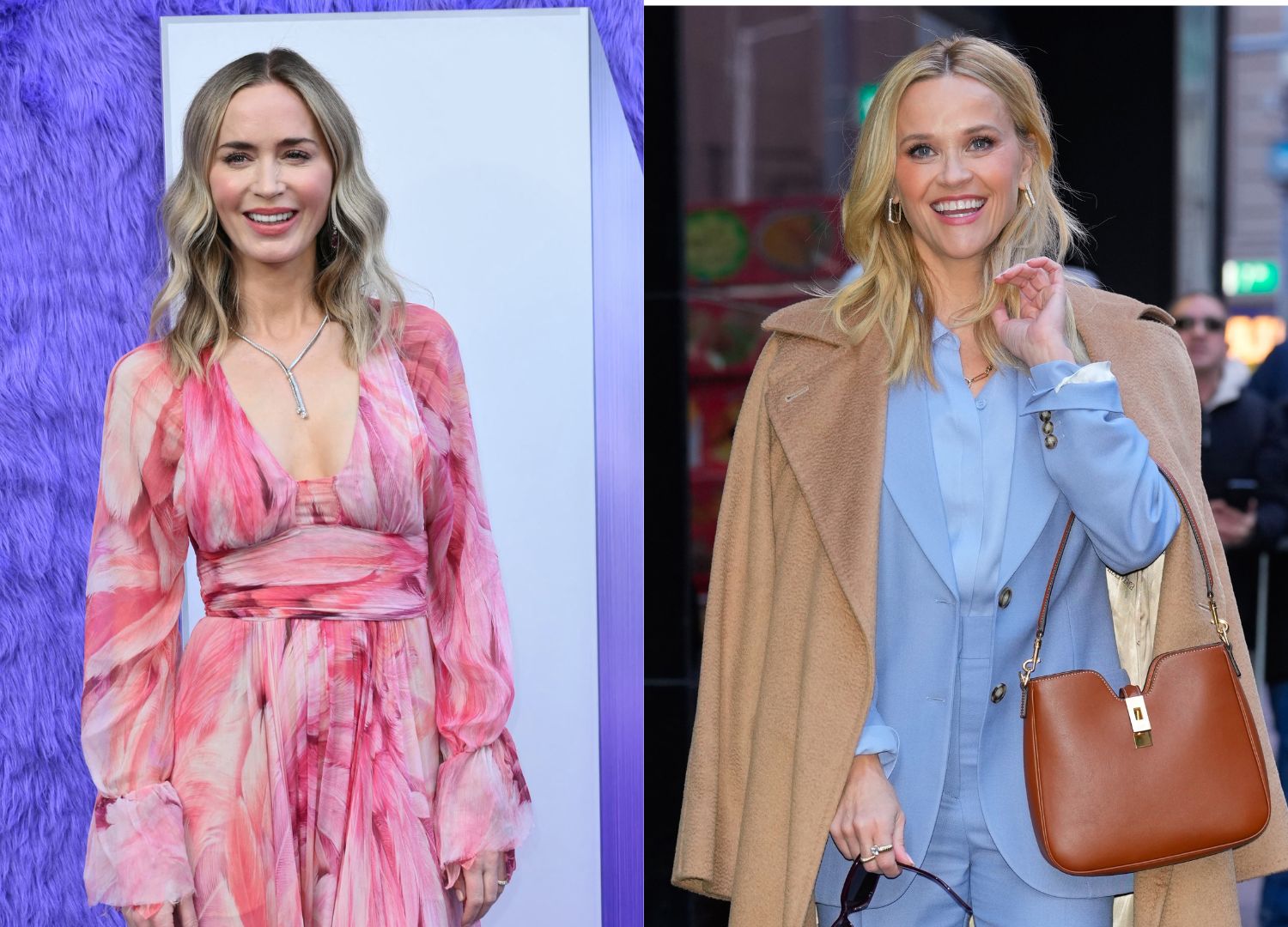
Reese Witherspoon and Emily Blunt have summer colouring
If you have a cool skin tone, naturally ash-toned blonde or light-mid brown hair (with no red or gold highlights), and pale blue, green, or grey eyes, you have summer colouring.
What to wear if you have summer colouring
Teresa Chambers, a lecturer at London's Fashion Retail Academy advises, "summer types look best in soft pastels with blue undertones. Think light blues, pinks, yellows. Grey and blue hues (from pastel blue to navy) will also look great." Look out for new season blouses or floaty midi-dresses in these shades.
"However, yellow-based colours such as orange, tan, mustard, coral, and salmon pink are less flattering, and pure white may wash you out, so opt for soft off-white tones instead."
Fashion editor’s picks…
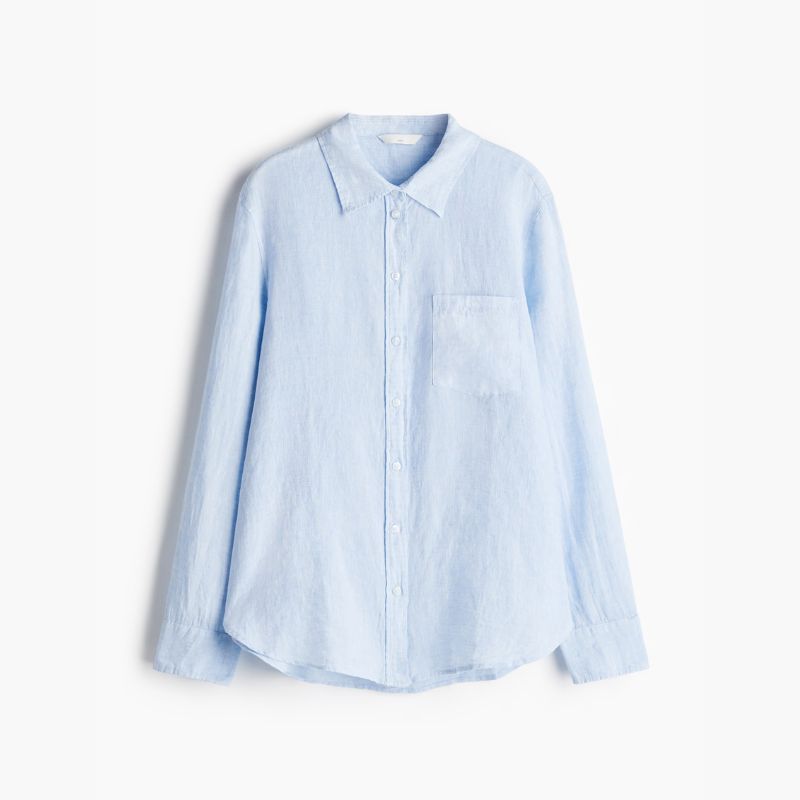
This lightweight linen shirt has to be one of the best high street linen staples to invest in this season. It has a regular fit for a slouchy look and a light blue colour for added interest. Wear with other bright pastels, ecru, or deep navy.
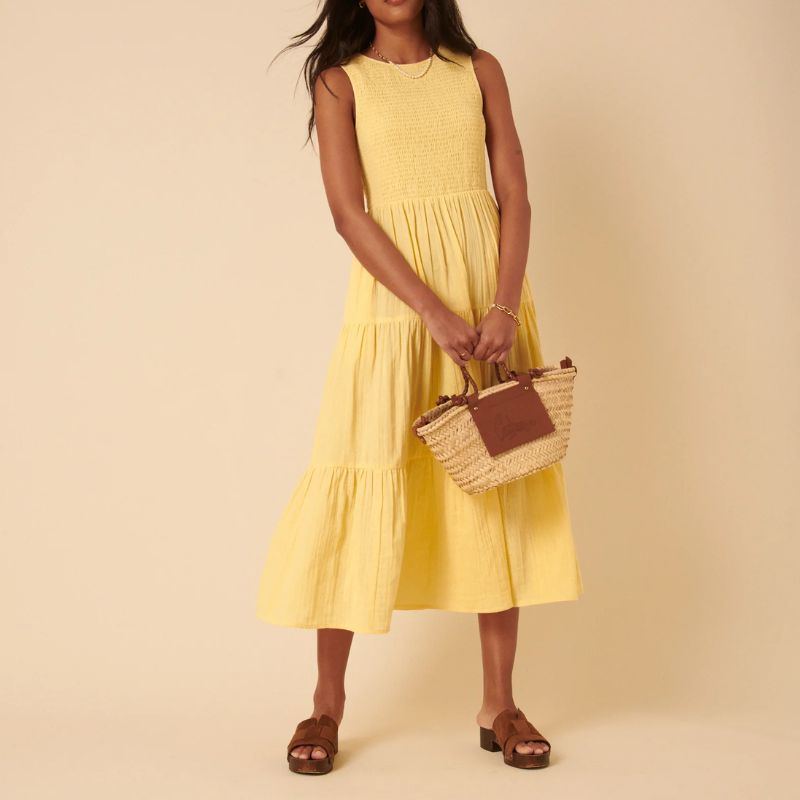
Inject some sunshine into your wardrobe with this butter yellow dress, guaranteed to lift your mood. The tiered skirt and shirred bodice offer a flattering silhouette, and this sleeveless design makes it ideal for warm-weather outings.
Winter colouring
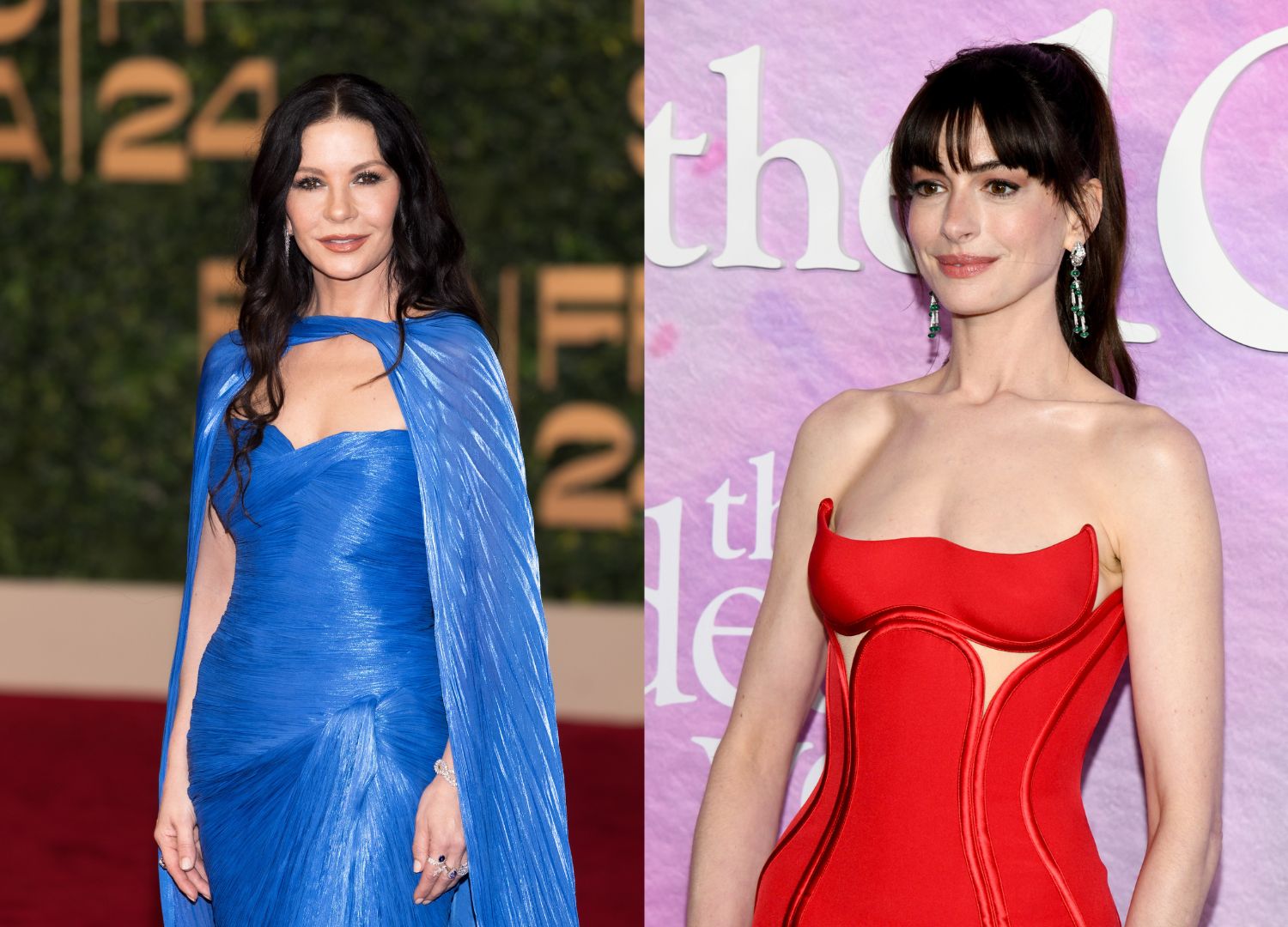
Catherine Zeta- Jones and Anne Hathaway have winter colouring
If you have a cool skin tone, ash-toned medium to dark brown or black hair with no red or gold highlights, and deep blue, green or brown eyes, you belong to the winter family.
What to wear if you have winter colouring
Winter colouring calls for the boldest and richest of blue-based hues. This means that vibrant, shaded blouses, shirts, and dresses are a fantastic style move.
Teresa Chambers said, "Vivid, icy, cool, and clear primary colours are great. Vivid blues, reds, and golden yellows will complement your skin tone. Think scarlet red, fuchsia pink, royal blue, emerald green, and deep purple. You can also get away with black, charcoal grey, pure white tones, and deep purple."
However, you should try to steer clear of muted pastels and yellow or orange-toned shades, including rusty browns and brick reds.
Fashion editor’s picks…
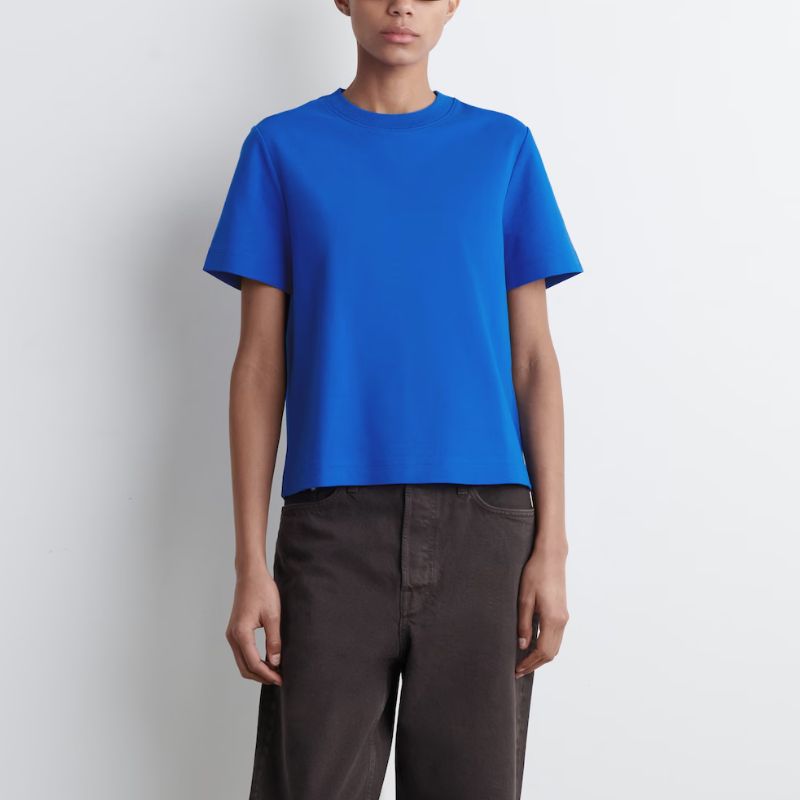
COS is a master at creating elevated basics, and this t-shirt is no exception. Giving the classic t-shirt a bold and vibrant upgrade, this punchy t-shirt will liven up your favourite white jeans outfits this season.
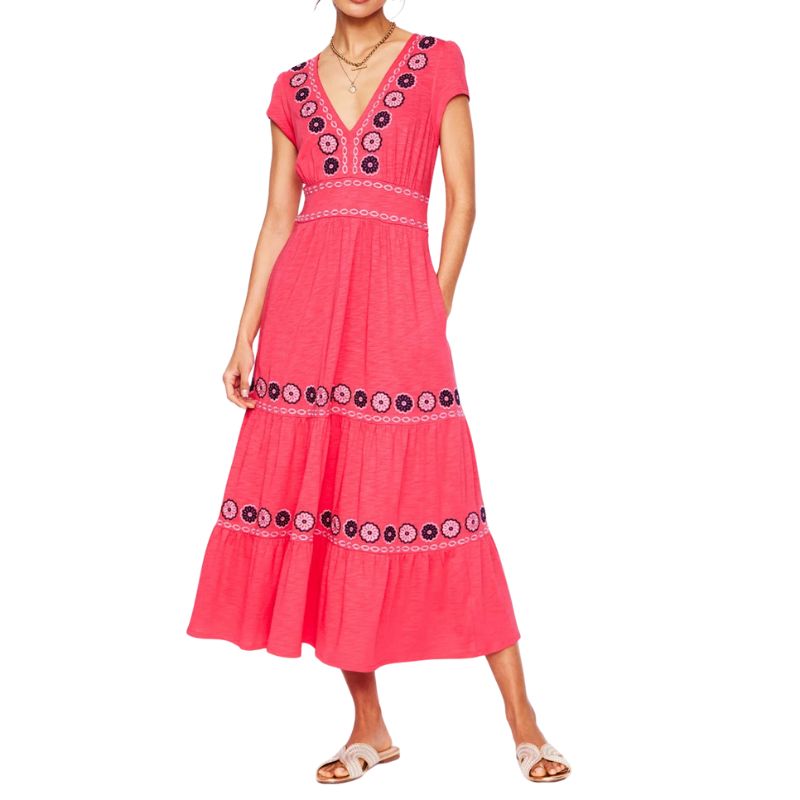
Boden is big on colour, so it’s always worth exploring their site if you want to inject some joy into your outfits. This beautiful tiered dress is incredibly flattering, and the embroidered detailing makes it a stand-out choice for smart-casual occasions. Pair with your best white trainers for a laid-back feel.
Spring colouring
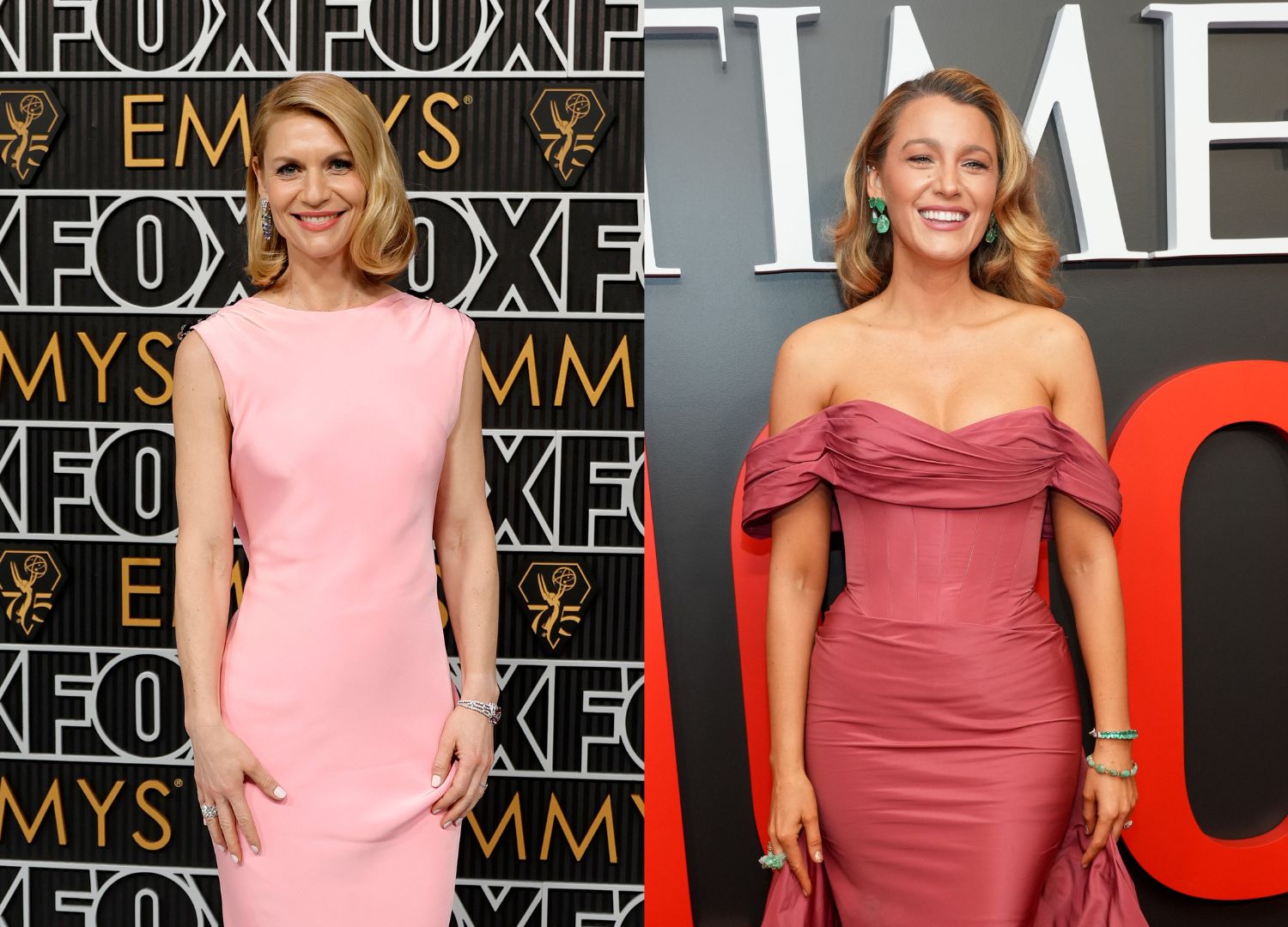
Claire Danes and Blake Lively have spring colouring
If you have a warm skin tone and golden blonde or light-medium brown hair with golden highlights, you have spring colouring. Spring types may have a mixture of warm and cool elements to their colouring.
What to wear if you have spring colouring
Spring types suit warm ‘true' brights such as brick red, coral, salmon pink, and true blue. Beige and ivory hues will also flatter. However, deep tones or muted shades may drain you.
Anthony McGrath said, "Warm and delicate with yellow undertones are good for spring types. Dusky pinks, soft greens, and neutral light greys are great. Although these types can also wear burnished oranges and deep purples and look fabulous."
Get occasion-ready and nail what to wear to a wedding with one of the best wedding guest dresses in soft pastel pink, sage green, or vibrant corals.
Fashion editor’s picks…
Autumn colouring
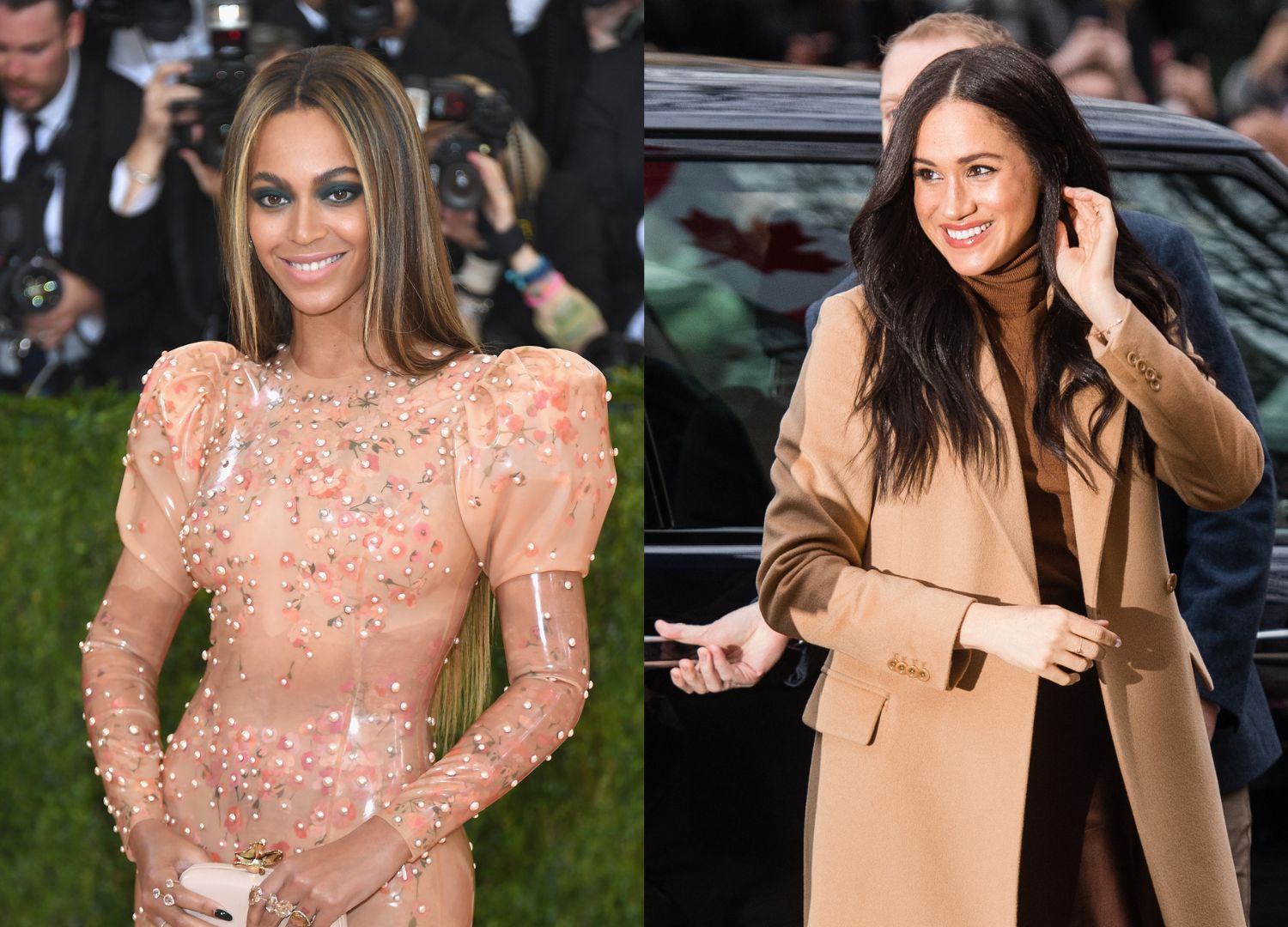
Beyonce and Meghan Markle have autumn colouring
If you have a warm skin tone and red, auburn, dark brown, or black hair with red, gold, or chestnut highlights, you belong to the autumn colour family. If you are pale, you probably have freckles.
What to wear if you have autumn colouring
Anthony McGrath advises, "rich autumnal colours flatter autumnal skin most, often with a warm/golden undertone, so think earthy reds, bronzes, rich browns, chocolate, and burnished golds. Warm muted tones like olive and dark greens, terracotta red, and burnt orange enhance autumnal complexions."
Luckily for those with autumn colouring, earthy reds, bronzes, olives, and burnt orange colours tend to be available year-round, meaning that even though insipid pastels wash you out, you don't need to panic in the warmer months. Make the most of gold accents and tones in the summer months, injecting these colours into your warm-weather attire to brighten your complexion. When it comes to blues, you can get away with navy, but other blue-toned hues might not work so well.
Fashion editor’s picks…
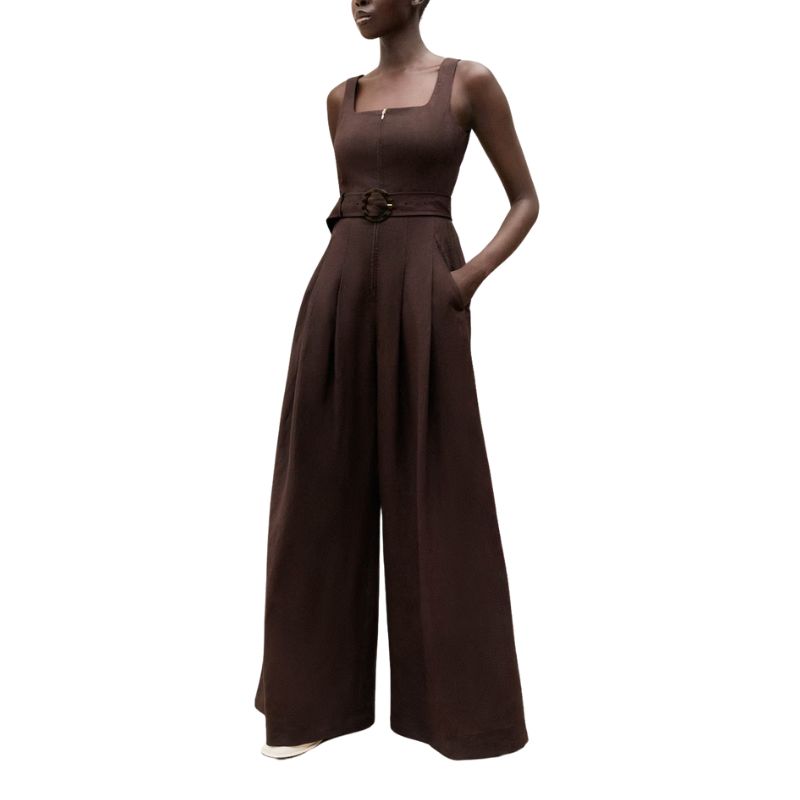
This chocolate brown one-piece is one of the best jumpsuits, and is a winning alternative to your occasionwear dresses. Team with a chunky gold necklace and open-toe heels for a special occasion, or wear with sandals and a light layer for a daytime outing.
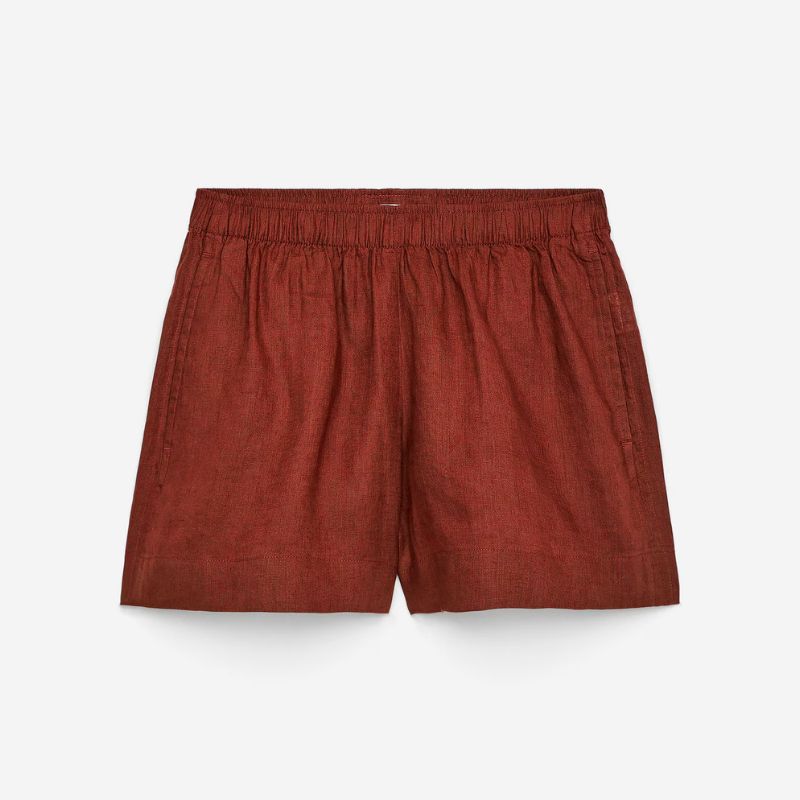
If you're looking for quality but affordable linen staples, Arket is one of the best high street brands to shop. The high waist on these beauties will lengthen your legs, especially when teamed with platform sandals. Wear with the matching shirt for an intentional warm-weather look.
Can my colour change?
It is possible that you had a colour analysis years ago, but feel now that your colour has changed over time. Although your primary colour remains the same throughout your life, some things can alter how flattering certain shades might appear. For example, dying your hair, going grey or even getting a tan can change how things seem and sit against our skin tone.
Getting a tan may mean that 'spring brights' appear more flattering than usual, whilst your usual 'summer' pastels suddenly start to wash you out. If this happens, you might want to think about a warmer hair colour to complement your holiday glow.
It is true, however, that as we age, skin and hair begin to lose pigmentation. But this does not change our natural colouring. With this in mind, it highlights the importance of knowing which colour family we belong to so that we can choose shades that enhance, rather than drain, our complexions. If you've found that your colouring has changed as you've gotten older, you may want to think about decluttering your closet to create a refresh capsule wardrobe.
What clothes colours will look best on me?
Remember, there are very few colours you won't be able to wear; it's just working out the styling to make them enhance your face. The first stage should be a full analysis of your existing clothing. Keep in mind, as you're going through your clothing, do they match your colour family profile? If not, it doesn't mean you need to get rid of them, but you might need to reassess how you wear them. If the item is part of a group of colours that drain you, can you add jewellery, a scarf or even a cardigan to readdress the colour balance? If it's a dark top, can it be reworked under a bright blazer so that the largest amount of colour near your face is more flattering?
And just remember, there are very few colours you won't be able to wear, it's just working out the styling to make them enhance your face.
Are there other factors apart from your skin tone which would factor in what colour suits you?
Your hair and eye colour are important considerations too. Together with skin tone, this will help decide what colours work best for you.
"Wearing bright colours such as yellow, red, pink, and blue comes with genuine psychological and physiological benefits," explains Shakaila Forbes-Bell, fashion psychologist and founder of Fashion is Psychology.
"Red and yellow, for example, have been found to increase blood pressure, heart rate, and eye movement, causing us to feel more alert, aroused, stimulated, and energetic. Blue, by comparison, produces calming bodily responses, making us feel more relaxed and serene.”

Molly is a fashion writer for woman&home, whose journalistic career began with her enthusiasm for fashion. Having always been an avid writer, she has contributed to publications covering a variety of topics.
After graduating from her master's in Fashion History and Cultures, she transitioned to teaching at London College of Fashion, where she taught in fashion studies. Now, passionate about writing on the significance of fashion, she is dedicated to inspiring others through the power of dress.
Molly loves staying in the know with the latest fashion trends, and following celebrities for inspiration. Outside of work, she enjoys browsing vintage markets, reading a good novel, or trying new restaurants around London.
- Charlie Bell
- Aleesha BadkarDigital Beauty Editor, woman&home
- Caroline ParrFashion Ecommerce Editor
